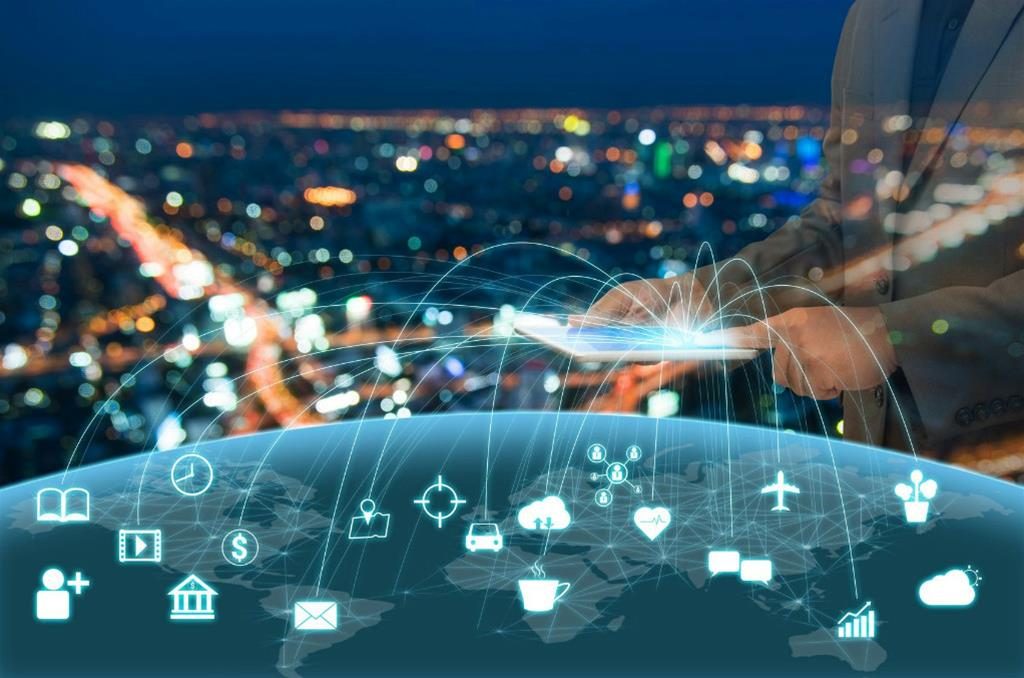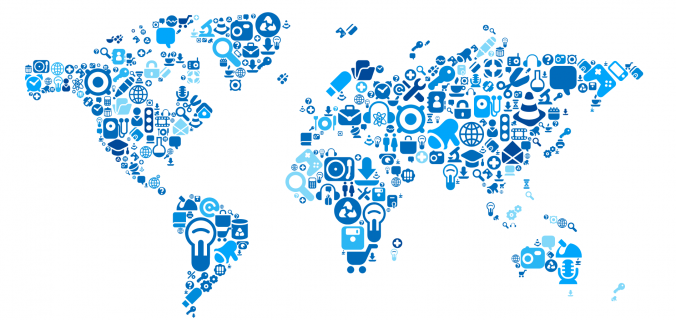The term Internet of Things (IoT) describes several technologies and research disciplines that enable the Internet to reach out into the real world of physical objects. Technologies like RFID, short range wireless communications, real-time localization, and sensor networks are becoming increasingly pervasive, making the IoT a reality.
In fact, after the World Wide Web and universal mobile accessibility, the IoT represents the most potentially technological revolution of our lifetime. With 50 to 100 billion things expected to be connected to the Internet by 2020, we are now experiencing a paradigm shift in which everyday objects become interconnected and smart.
IOT Prospective Consumer
Apple, Google, Samsung, and other mobile leaders will extend their reach to customers by launching new products in the autonomous, robotic, and smart home categories. We are already seeing the battleground emerge, Samsung acquired SmartThings, Google acquired Nest Labs, and Apple launched HomeKit.
The company able to create the most dynamic and useful system will be able to lock people further into the ecosystem. While it’s already hard to switch from iOS to Android, it’s going to be even harder when your Apple car doesn’t connect to an Android phone, or vice versa.

Networking giants like Nokia, Cisco, Ericsson, and Huawei are all looking at IoT as a massive opportunity to make more money. Industries will require real-time analytics of their network, and to get that they need super-fast Internet and a well designed network.
Analytics in the IoT world will be more than the traditional providers, like IBM and SAP. Businesses will need dedicated cloud servers, from Amazon Web Services or Salesforce, to keep track of their entire IoT network and understand where they could save money.
Autonomous cars, robots, drones, and other new technologies that provide humans with a greater level of autonomy will bring many advantages to the consumer and enterprise market. Drones are already being tested by Amazon and Google for deliveries and robots in Japan are taking over jobs as hotel guests. Uber has started testing its autonomous car in Pittsburgh, with the goal of swapping human drivers for computers, which may lower the cost of a taxi quite significantly.
Industrial IoT has the potential to be bigger than the consumer space. With more than 13 billion connected devices in the world and millions more coming online every week, the amount of data we are collecting is amazing. From street signals to manufacturing plants to construction cranes to jet engines, the aggregate data companies collect will be overwhelming and exciting as they try to figure out what to do with it and how best to analyze and apply the knowledge gained.
We optimistically look forward to an IoT-assisted world that is both connected and smarter. The solutions proposed in this issue’s cover features address some of the challenges that the IoT poses. Future research will undoubtedly provide solutions for many, if not all, of the unresolved concerns.
